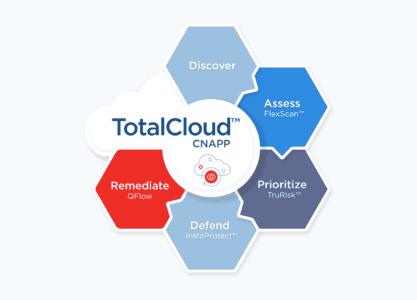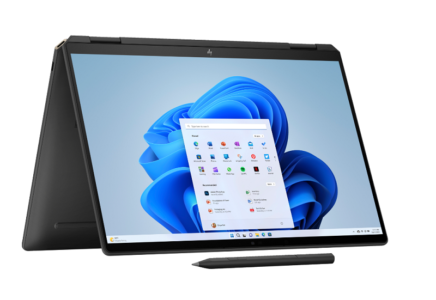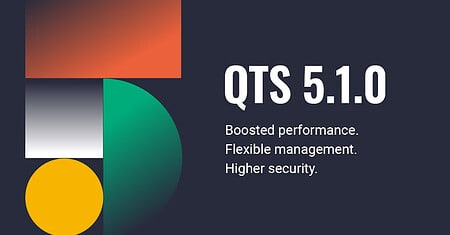QNAP has released the new version of its operating system QES. Version 2.1.0 includes new functionality such as the exclusive Write Coalescing algorithm to optimize all-flash performance in ZFS. It also includes software-defined SSD optimization, inline compaction and support for iSER.
The operating system is based on the FreeBSD kernel and uses ZFS. Version 2.1.0 therefore has the Write Coalescing algorithm, which should improve performance. When tested by QNAP itself, this resulted in a 400 percent improvement in random writing performance for the all-flash TES-3085U NAS.
QES 2.1.0 also includes support for software-defined over-provisioning. This allows users to allocate additional over-provisioning space to SSDs and storage pools to prevent performance degradation due to write enhancement. In addition, this should improve the lifespan of SSDs.
The new version of the control system also aggressively saves more space by using advanced inline data sealing techniques. This is particularly useful if many repetitive data or large amounts of small files are ignored. QES 2.1.0 also reinforces existing inline data deduplication and inline data density.
Protection
QES 2.1.0 supports numerous ZFS-based data protection and disaster recovery options. These include end-to-end checksums, which detect and correct silent data corruption. There are also an almost unlimited number of snapshots for iSCSI LUN and shared folders, and SnapSync to speed up external backups.
The QES-based QNAP NAS supports the virtualization applications of VMware, Microsoft and Citrix. SnapSync also supports VMware Site Recovery Manager to provide an offsite backup and enterprise-class recovery solution for virtual applications.
QES 2.1.0 also adds support for iSER, which optimizes VMWare’s performance. There is also support for the file sharing services OpenStack Cinder and Manila. It provides businesses with a flexible, easy-to-use and cost-effective storage solution for OpenStack environments.
This news article was automatically translated from Dutch to give Techzine.eu a head start. All news articles after September 1, 2019 are written in native English and NOT translated. All our background stories are written in native English as well. For more information read our launch article.


















